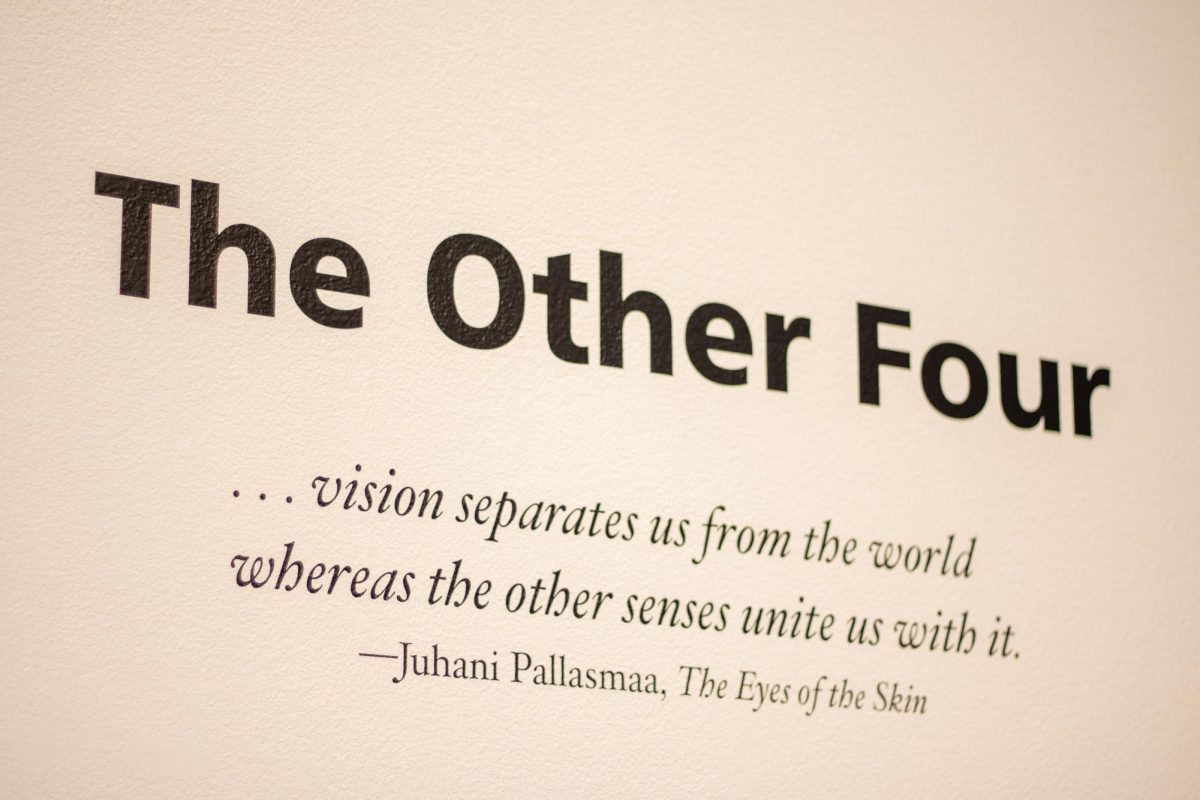WHAT: âÄúTetsumi Kudo: Garden of MetamorphosisâÄù WHERE: Walker Art Center, Target Gallery WHEN: Oct. 18 âÄì Jan. 11 TICKETS: $6 Students Visionary. The word is tossed around so often in the art world that it seems to have lost its meaning. To be a visionary is to escape from constrictive art language and be the first to enter new creative territory, but hasnâÄôt everything been done? The fountains of experimental mediums and techniques that appeared to be free-flowing in the times of Kandinsky look as though theyâÄôre running dry. But occasionally new names break through the cracks, like Japanese sculptor Tetsumi Kudo, whose work is turning American heads as attention is brought to his psychedelic installations created in the 1970s and 1980s. âÄúTetsumi Kudo: Garden of Metamorphasis,âÄù the first ever full retrospective of Kudo in America, opened in the sprawling Target gallery in the Walker Art Center last week. The show is roughly chronological, opening with work from 1957 , when Kudo was just 21. Examination of each of his works shows the use of simple technologies posing as organic elements, like work gloves morphing into amoebas and scrub brushes scuttling like sea urchins. Swirling ropes masked in colorful wax and clay, used film cartridges and languishing neon biodomes coalesce to form a nature-meets-technology motif that continues throughout his entire span of work. An image that permeates nearly all of Kudo’s work is the impotent penis, which doubles as a chrysalis, representing the continuous metamorphosis of humanity. This is glaringly obvious in the room-sized installation, âÄúThe Philosphy of Impotence,âÄù which features a net of wire crawling with penises made of clay and rope, often with a lightbulb protruding from the tip. Doryun Chong , the curator of the exhibit, warns against eroticizing the work, explaining, âÄúThe penises don’t represent virility or fertility, [rather the] impotenceâÄù human beings cultivate through their drive to expand and conquer. It is a desexualization of human reproduction. The titles of his grotesque work, such as âÄúCultivation, For Nostalgic Purposes, For your living roomâÄù throw capitalist ideals back in the faces of the masses, with works like âÄúBottled HumanismâÄù depicting small plastic dolls crammed into glass jars, hooked into a complex machine. âÄúGrafted GardenâÄù is a larger-than-life display of melted wax flowers intermingling with sculpted body parts, blossoming transistors, lightbulbs and, of course, crumpled penises. Chong explains that while the procedures Kudo employs are âÄúnot technologically advanced, the idea is.âÄù The work is meant to symbolize humanity’s constant need for cultivation, a process that inevitably destroys nature, but Kudo’s message isn’t necessarily pessimistic. According to Chong, Kudo implies that working with our own destruction, humans can place themselves in a new, âÄúcultivatedâÄù context in which we more closely entwine ourselves with the harmful nature created by our endless hyperplasia, which is a scientific term for continuous division and meaningless proliferation. Perhaps what Kudo is most famous for is the use of birdcages to depict the current state of humanity, trapped in a cage of its own making. âÄúPortrait of the Artist in CrisisâÄù shows a disheveled-looking head, wrapped in a fluorescent bird cage, frantically knitting what resembles a scarf that curls onto the outside of the cage. Chong explains that Kudo’s work is often mistaken as forthcoming and contemporary, though the artist passed away in 1990. The themes of his sculptures and installations are prophetic and bold, examining recent issues even 50 years after their creation. While 50 years seems like nothing in the face of recognized visionaries such as Da Vinci or Plato, who have extended their reach hundreds or thousands of years into the future, KudoâÄôs perseverance in a world obsessed with novelty and instant gratification already suggests his continued relevance to humankind. Kudo masterfully integrates grotesque forms, fluorescent colors and human body parts into an odd, enthralling beauty that still resonates with very recent modern art. His depiction of the corrosive human cultivation and constant need for proliferation is insightful, yet disturbing. Nearly 20 years after his death, Kudo’s depiction of modern life can still bring any viewer to a screeching halt, and it’s consistent social commentary is what makes him a visionary, seeing years and years ahead of his own life and into problems that still plague our evolving human condition.















